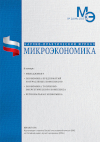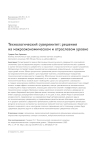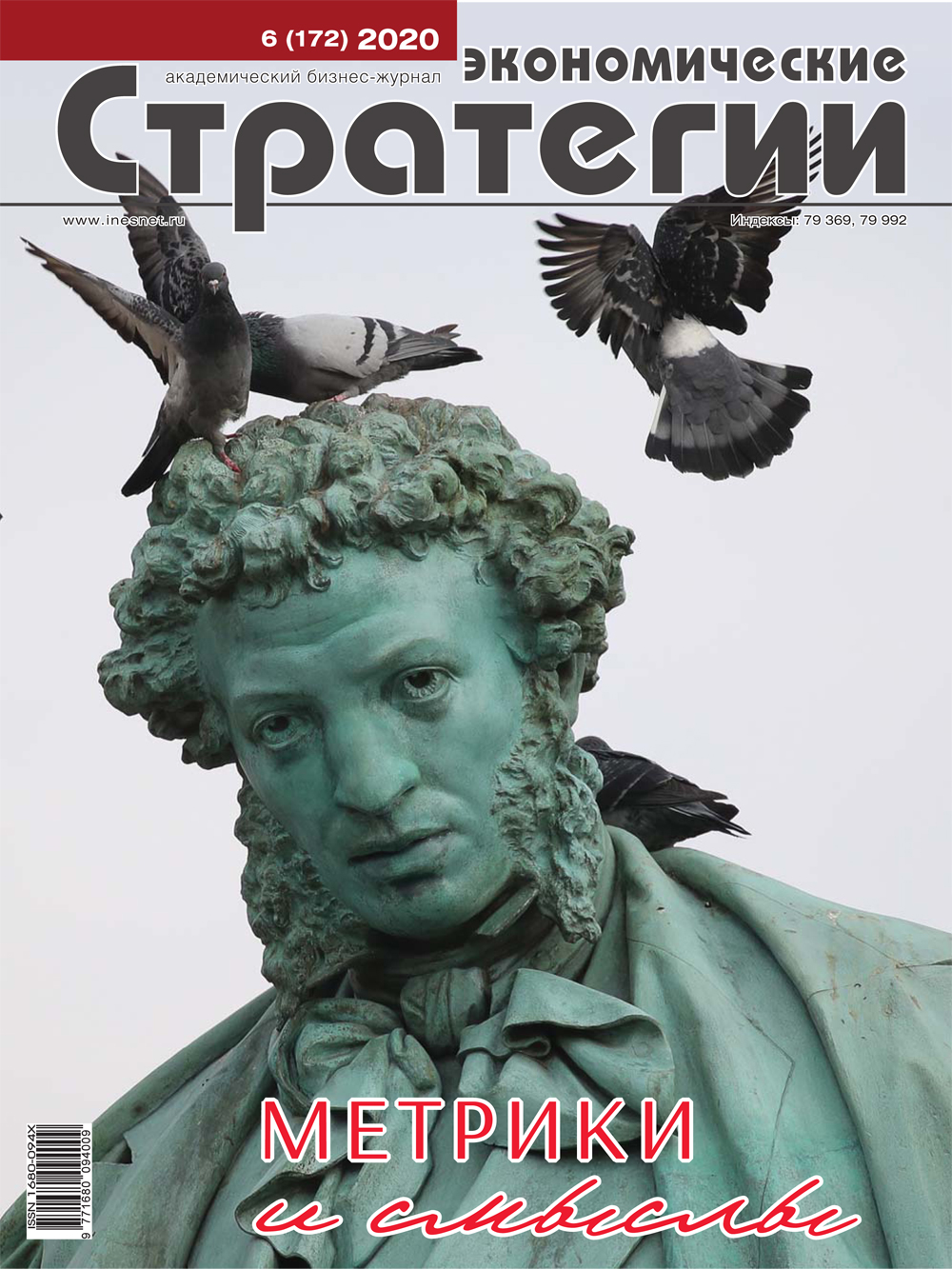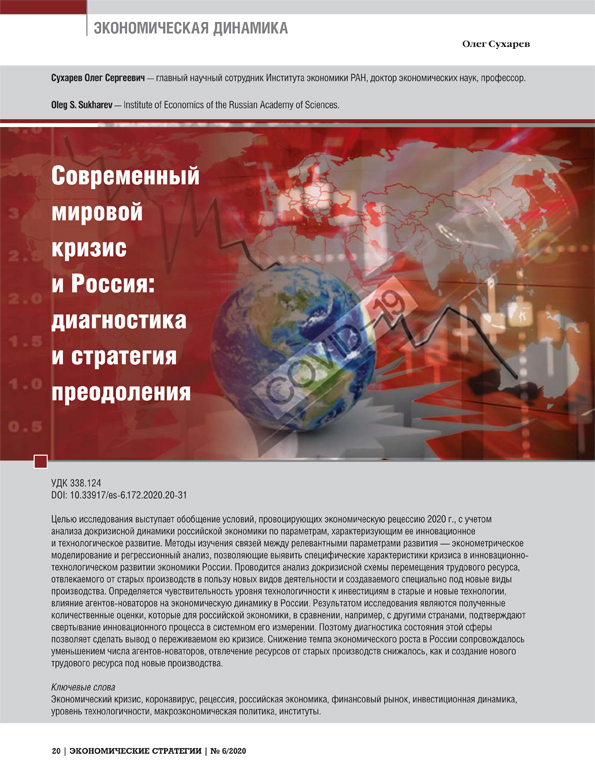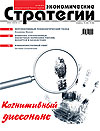Inflation Factors in Modern Russia, the Specter of Recession and Stability Reserves
DOI: 10.33917/es-6.192.2023.70-77
The most important factor of inflation in the modern Russian economy is investment support for backward technologies.
The cheapness of labour and the low rate of accumulation cause a backwardness funnel into which the economy is gradually plunging. Meanwhile, interventions of the Bank of Russia weaken the national currency, provoke new waves of inflation and block economic growth. At the same time, the Russian economy has certain reserves of stability, based on the presence of a number of built-in stabilizers, identified through regression analysis. A set of measures aimed at overcoming the current unfavourable dynamics of the economic environment is proposed and justified.
References:
1. Zhizn’ vzaimy. Kak peregrelas’ rossiiskaya ekonomika i chem eto grozit [Life on Borrowed Time. How the Russian Economy Overheated and what it Threatens]. NUR.KZ, 2023, 8 avgusta, available at: https://dzen.ru/a/ZNHKoql33BP55hHi?encoded_pulse_user_info=PDubqO-mOXxJtkXI01sTPDSj4o_
Q7q8ajWIqVL5OKPXKtXjqwwubLYQ9uqJHRpSNnu6u6WiAaaTXMl_h8g6euw:1691563565003&from_site=mai
2. Nizhegorodtsev R.M., Gorid’ko N.P., Ivanov E.Yu., Trenev N.N., Skachkova M.A. Gorizonty ekonomicheskogo rosta: faktory, riski, instituty: Nauch. Monografiya [Horizons of Economic Growth: Factors, Risks, Institutions: Scientific monograph.]. Ed. R.M. Nizhegorodtseva. Moscow, NIPKTs “Voskhod-A”, 2022, 184 p.
3. Kochetov Aleksei. Zapadnye eksperty prishli k vyvodu, chto ekonomika Rossii dolzhna byt’ v 3–5 raz bol’she, chem ob etom zayavlyayut… [Western Experts Have Come to the Conclusion that the Russian Economy Should be 3–5 Times Larger than Stated…]. Dzen.ru, 2023, 27 maya, available at: https://dzen.ru/a/ZG4spOPg13Hyab99?from_site=mail




